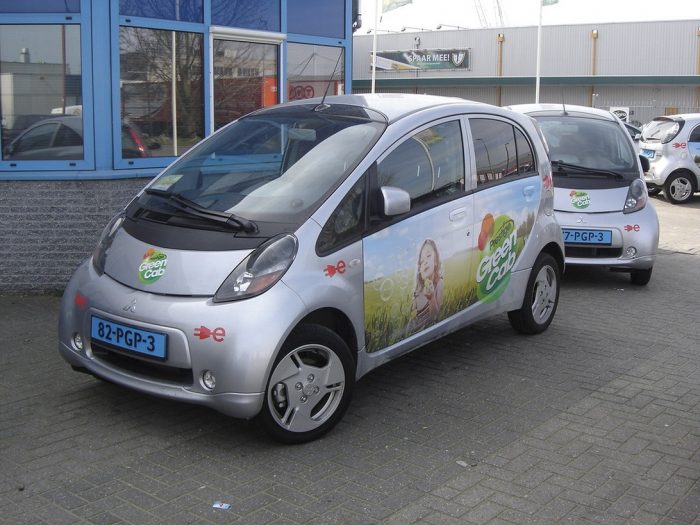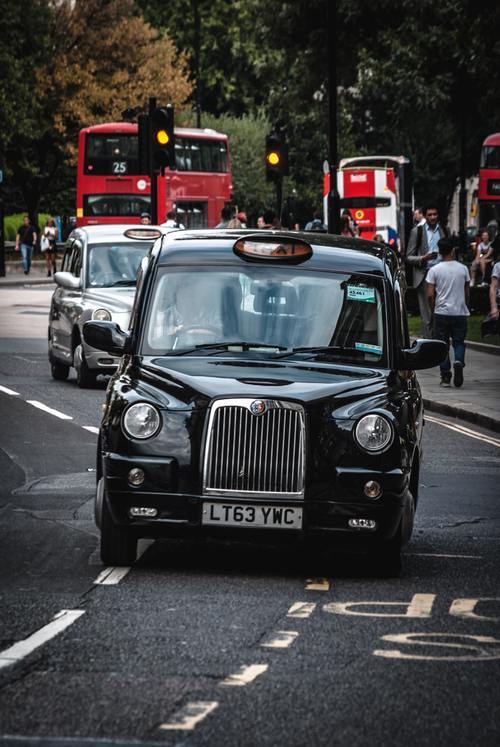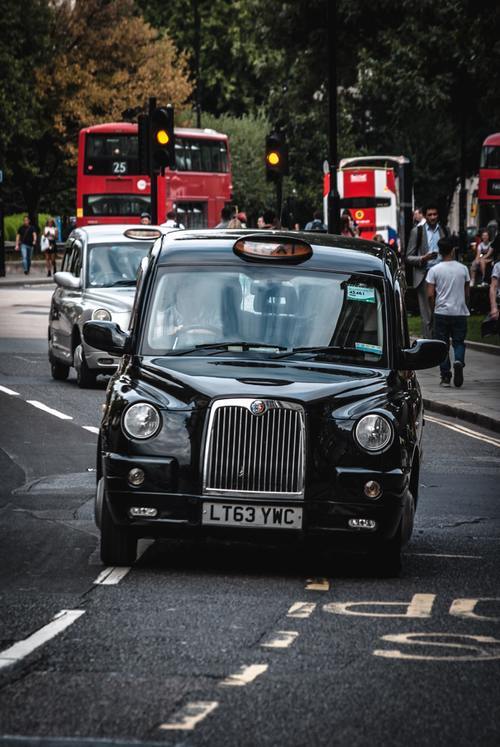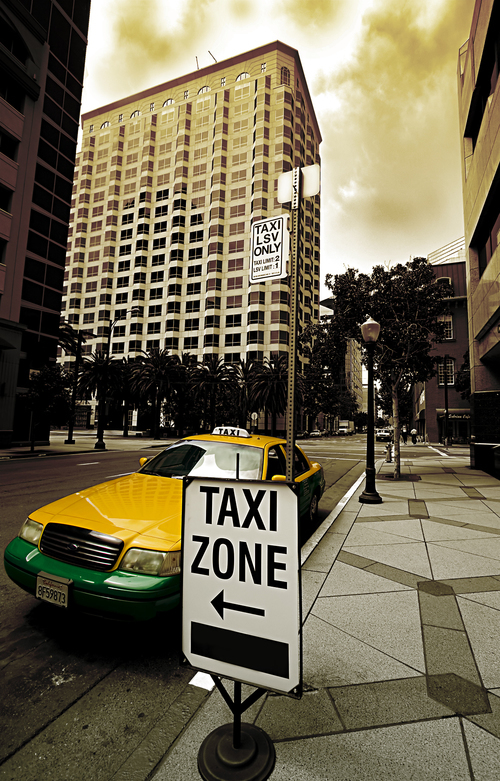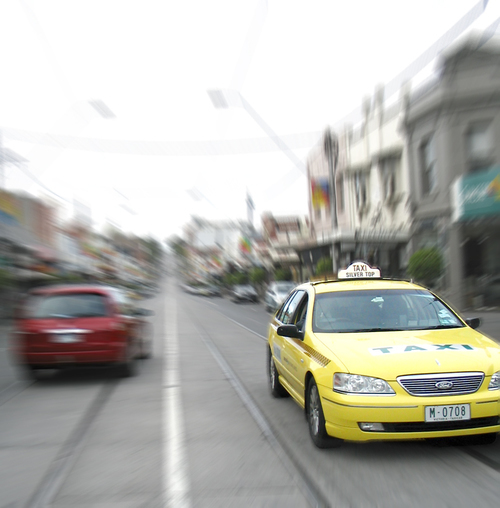The buzz around electric vehicles is undeniable, and the taxi industry is right in the thick of it. We’re seeing more electric cabs hitting the streets, hailed as saviours of urban air quality. But as someone who’s spent years observing the shifts in urban transport, I know it’s crucial to look beyond the hype. Are electric taxis truly the sustainable powerhouse they’re made out to be, or are there hidden environmental costs we’re overlooking? Let’s dive into the real impact.
Clearing the air: Emissions and urban health
The most immediate and visible benefit of swapping traditional petrol or diesel cabs for electric ones is the elimination of tailpipe emissions. Think about the constant stop-start nature of taxi work in dense city centres – those fumes add up. Electric taxis produce zero emissions at the point of use, which is a massive win for urban air quality. Cities choked by smog stand to gain significantly, potentially reducing respiratory illnesses and improving the overall health of residents. We’re talking about cutting out harmful pollutants like nitrogen oxides (NOx) and particulate matter (PM) right where people live and breathe. This isn’t just theory; guidance from the Energy Saving Trust highlights how EVs contribute to cleaner air, a crucial factor as more cities implement Clean Air Zones that penalise polluting vehicles. An electric taxi sails through these zones, making it not just an environmental choice, but a practical one for drivers and fleet owners facing new regulations.
Beyond the tailpipe: The lifecycle perspective
Okay, zero tailpipe emissions sound great, but the story doesn’t end there. We need to consider the entire lifecycle – from manufacturing the car and its battery to generating the electricity that powers it, and finally, its end-of-life disposal. Producing EV batteries, particularly the lithium-ion ones common today, is an energy-intensive process. Analysis by EDF Energy points out that manufacturing can release significant CO2 and other gases. The source of the electricity used for charging is also paramount. An electric taxi charged using coal-fired power plants has a much larger carbon footprint than one charged using renewable sources like wind or solar. Fortunately, the trend is positive. As electricity grids across Europe and elsewhere get greener, the lifetime emissions advantage of EVs grows substantially. A comprehensive lifecycle analysis by Transport & Environment found that even in a worst-case scenario (battery made in China, driven in Poland), an EV still emits 37% less CO2 than a petrol car over its lifetime. In the best case (Swedish battery and driving), that figure jumps to an impressive 83% reduction. This highlights that while production emissions are a factor, the overall picture for EVs is significantly cleaner, and improving.
The raw materials question
We also can’t ignore the resources needed for batteries. Mining materials like lithium, cobalt, and nickel carries its own environmental and social baggage. Concerns about water pollution, energy consumption during extraction and refining, and ethical issues surrounding labour practices, particularly in cobalt mining, are valid and require serious attention from the industry. Initiatives are underway to improve transparency, promote ethical sourcing, and develop battery chemistries that rely less on problematic materials. Furthermore, developing robust battery recycling processes is critical to creating a circular economy and minimising waste. While these challenges are real, they are being actively addressed through technological innovation and industry collaboration, aiming to make the entire EV supply chain more sustainable.
Operational realities: Efficiency, cost, and infrastructure
From a driver and fleet owner’s perspective, environmental benefits need to align with operational viability. Here, electric taxis often shine. They are inherently more energy-efficient, especially in city driving conditions with lots of braking and accelerating, where regenerative braking can recapture energy. This translates into lower ‘fuel’ costs. While electricity prices fluctuate, charging an EV, especially during off-peak hours, is generally much cheaper than filling a tank with petrol or diesel. Add lower maintenance costs (fewer moving parts, no oil changes) and potential exemptions from road tax or congestion charges, and the total cost of ownership can become very attractive over the vehicle’s lifespan. Data from the Alternative Fuels Data Center supports the efficiency and potential cost savings associated with EVs.
Range anxiety and the charging challenge
The classic concerns – range anxiety and charging availability – are often raised. However, for urban taxi operations, these may be less critical than perceived. A study focusing on Manhattan, using extensive taxi trip data, found that batteries with a modest range of 50-90 miles (80-145 km) could suffice for the majority of taxi operations, provided there’s adequate charging infrastructure. The key is strategic charging during downtime. The study suggested that Manhattan would need a significant increase in charging stations, perhaps tripling the current number, to support a fully electric taxi fleet. Similarly, a study in Santiago, Chile, found that a vast majority of taxi trips (87-94%) could be completed with EVs, again highlighting the critical role of accessible fast-charging infrastructure. Building out this infrastructure is arguably the biggest hurdle, requiring coordinated investment from public and private sectors, something The European Investment Bank (EIB) actively supports through funding and advisory services.
Integrating electric taxis into the urban fabric
Electric taxis aren’t just about swapping one vehicle type for another; they are part of a larger shift towards sustainable urban mobility. Their success depends on how well they integrate with other transport modes and urban planning strategies. As sustainable urban planning principles emphasize, integrating land use and transport planning is key to reducing overall travel demand and promoting efficient public transport. Electric taxis can complement public transport, providing first/last-mile connectivity and serving areas less accessible by bus or train. Furthermore, the push towards electrification aligns perfectly with global goals like the UN’s Sustainable Development Goal 11.2, which calls for affordable, accessible, safe, and sustainable transport systems for all. International efforts, such as initiatives like the Sustainable Urban Transport Project backed by the Green Climate Fund, and similar projects funded by the Global Environment Facility (GEF) in places like India, underscore the global commitment to decarbonising urban transport, where electric taxis play a vital role.
The rise of automated electric fleets
Looking ahead, the combination of electrification and automation holds significant potential. Shared, automated electric vehicles (SAEVs), or ‘robotaxis’, could further optimize urban transport. Research from Berkeley Lab and UC Berkeley suggests that SAEV fleets could dramatically cut service costs and environmental impact. Their modelling for Manhattan indicated potential greenhouse gas reductions of up to 73% and energy use cuts of 58% compared to conventional automated vehicles. Similarly, research from the Center for Sustainable Systems highlights how optimized robotaxi fleets, using smaller vehicles and smart routing, could reduce congestion and lifecycle environmental impacts. While full automation is still evolving, it represents a future where electric taxis could be even more efficient and integrated.
Not just swapping engines, but shifting mindsets
Ultimately, the transition to electric taxis is more than a technological fix; it’s part of a necessary evolution in how we think about urban mobility. While EVs offer substantial environmental gains over combustion engines, particularly in reducing local air pollution, they aren’t a silver bullet for all transport woes. As some insights on sustainable city mobility caution, even electric cars consume resources, contribute to traffic, and generate particulate matter from tires and brakes. True sustainability requires a holistic approach: investing heavily in high-quality public transport, making cities safer and more attractive for walking and cycling, and planning urban spaces intelligently to reduce the need for constant travel. Electric taxis fit into this picture as a cleaner, quieter option for on-demand transport, complementing rather than replacing other sustainable modes. The journey towards genuinely sustainable urban transport involves technological advancements like electric taxis, but equally importantly, it demands supportive policies, infrastructure investment, and a collective willingness to embrace more efficient and less impactful ways of moving around our cities.

